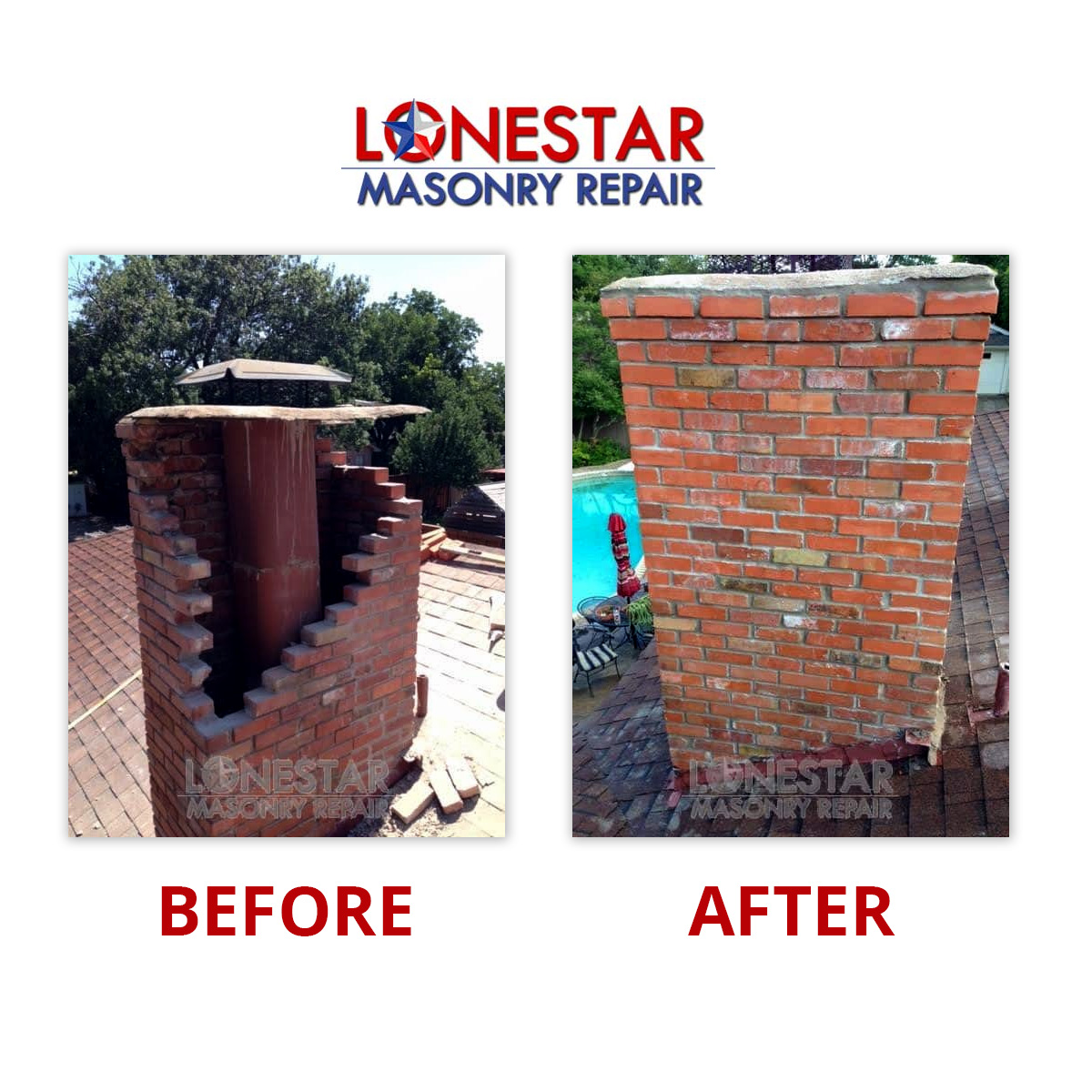A fireplace adds warmth, charm, and comfort to your home — but it also plays a vital role in safety. Over time, the firebrick and mortar joints inside your fireplace can develop small cracks. While they may look minor, these gaps can pose serious risks if ignored.
At Lonestar Masonry Repair, we get this question often: “Are cracks in the firebrick or mortar safe?” The answer depends on how deep and widespread those cracks are.
What Causes Mortar Cracks in Firebrick?
Fireplaces endure extreme heat and cooling cycles every time you build a fire. This constant expansion and contraction can cause the mortar between firebricks to weaken or separate. Other causes include:
- Age and natural wear
- Improper installation or materials
- Water intrusion or moisture behind the brick
- Overheating from prolonged or large fires
Even the best-built fireplaces eventually need maintenance to stay safe and efficient.
When Are Cracks Dangerous?
Hairline cracks less than 1/8 inch deep are usually cosmetic. However, deep or wide cracks can let heat, smoke, or even sparks escape into surrounding masonry or framing. This can lead to:
- Smoke leakage into your home
- Hidden damage to the chimney structure
- Potential fire hazards behind the firebox
- Reduced efficiency and faster deterioration
If you see chunks of mortar missing, crumbling joints, or loose firebricks, it’s time for a professional inspection.
At Lonestar Masonry Repair, our technicians carefully assess the condition of your firebox and chimney. We:
Remove damaged mortar and debris between firebricks.
Repoint or re-mortar joints using high-temperature refractory mortar.
Replace cracked firebricks when needed.
Seal and finish the surface for long-lasting protection.
Using standard brick mortar is a common DIY mistake — it cannot withstand fireplace temperatures and will fail quickly. Our team uses only heat-resistant materials rated for direct flame exposure.
Why Early Repairs Matter
Small cracks become big problems when left untreated. Early repairs prevent costly structural damage.Smoke stains and poor draft performance and the risk of house fires
Routine maintenance and professional inspections can extend the life of your fireplace and keep your family safe.
Trust the Experts at Lonestar Masonry Repair
If you’ve noticed cracks, loose mortar, or missing joints in your firebox, don’t ignore them. Lonestar Masonry Repair specializes in fireplace restoration, mortar repair, and brick maintenance throughout the DFW area.
We’re family-owned, local, and committed to keeping Texas homes both beautiful and safe.
Contact us today for a free estimate or schedule an inspection.











